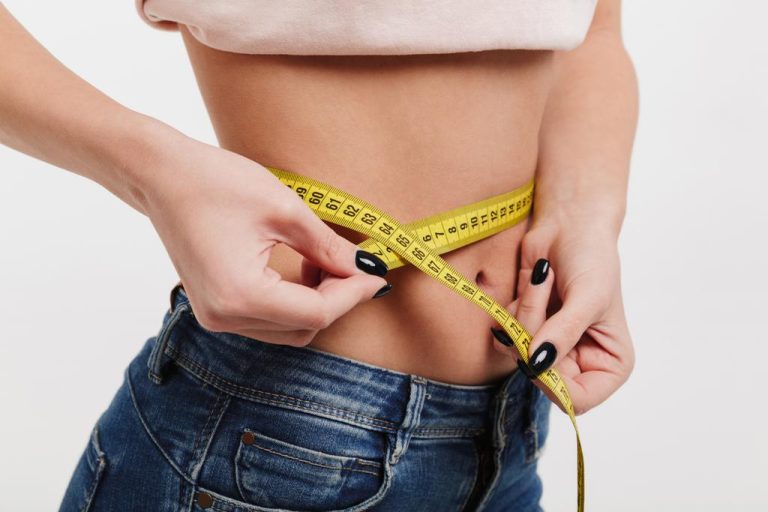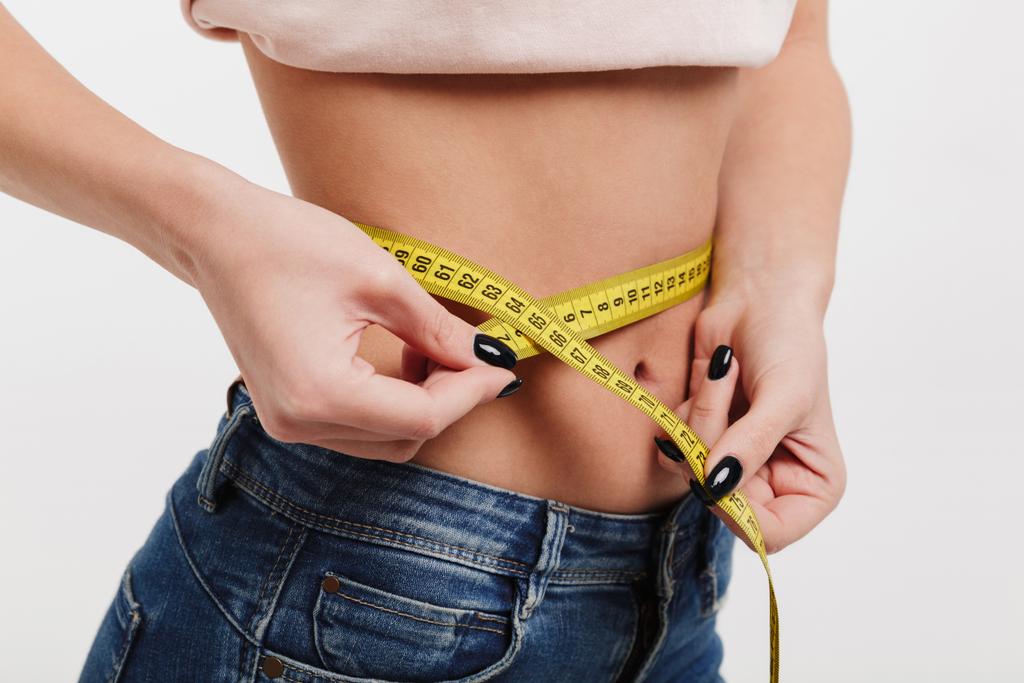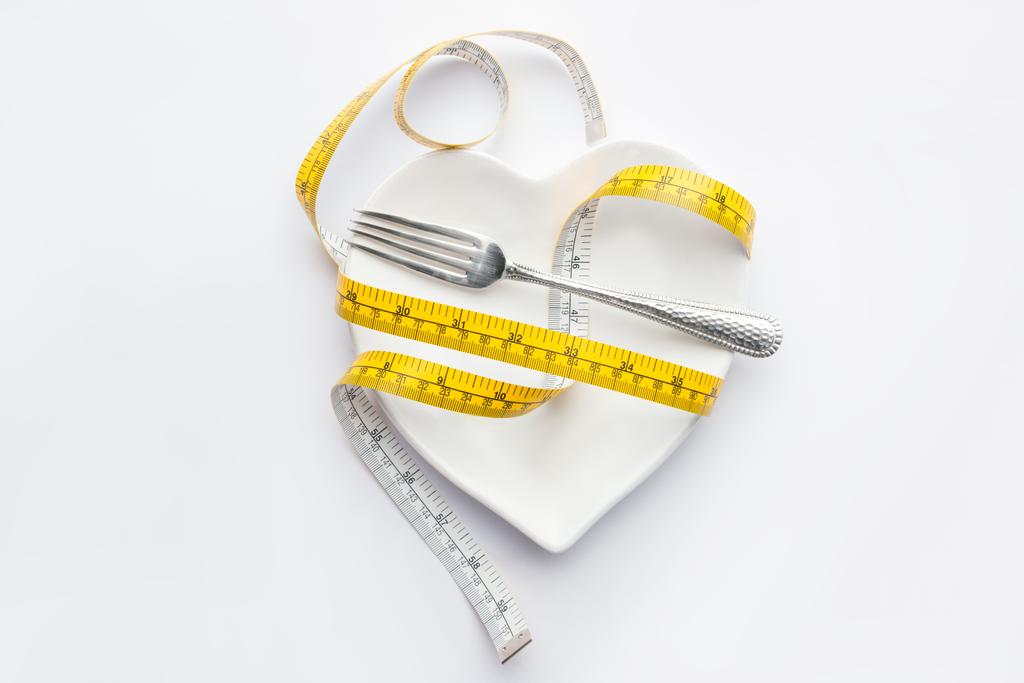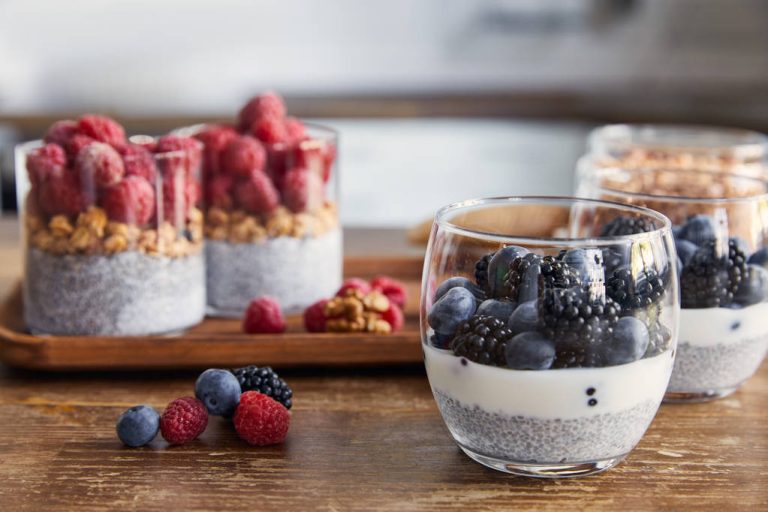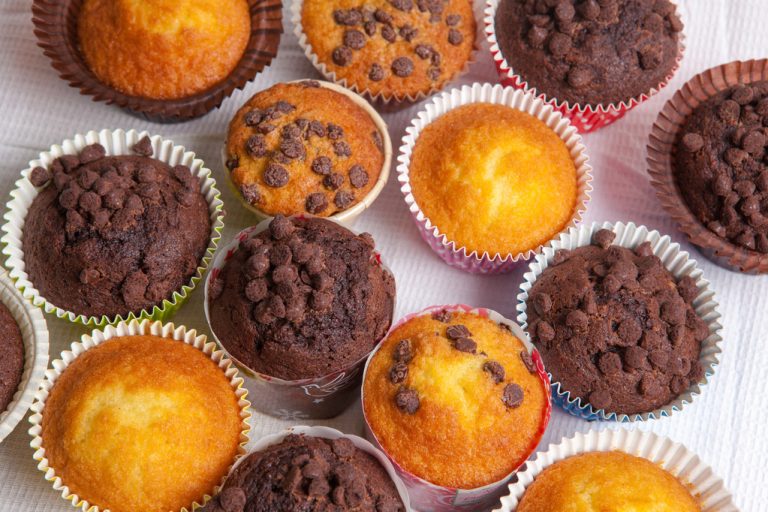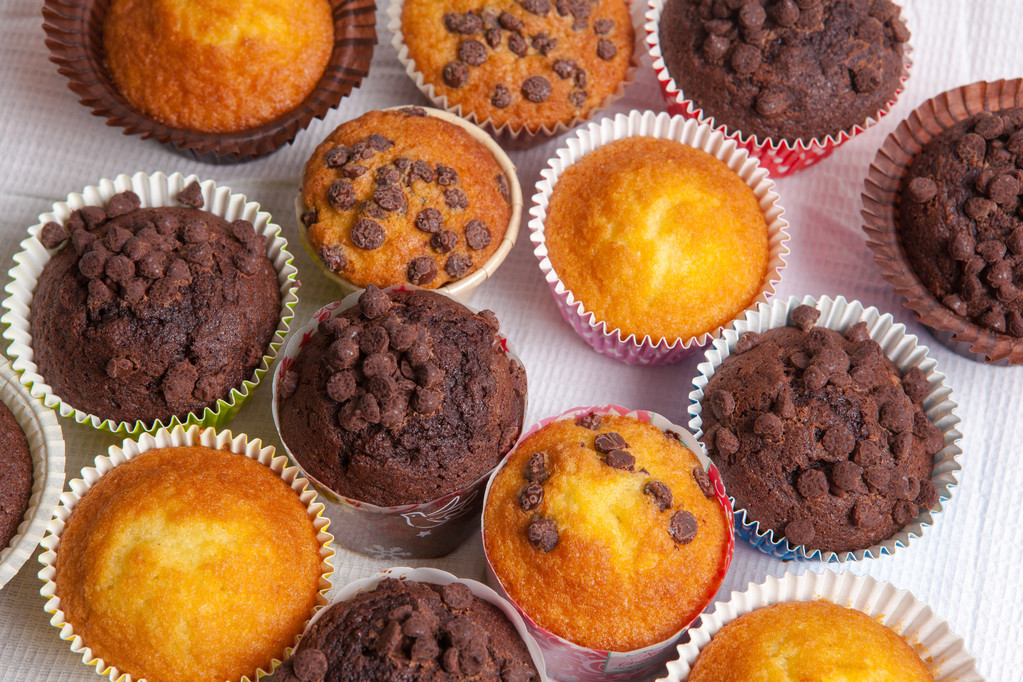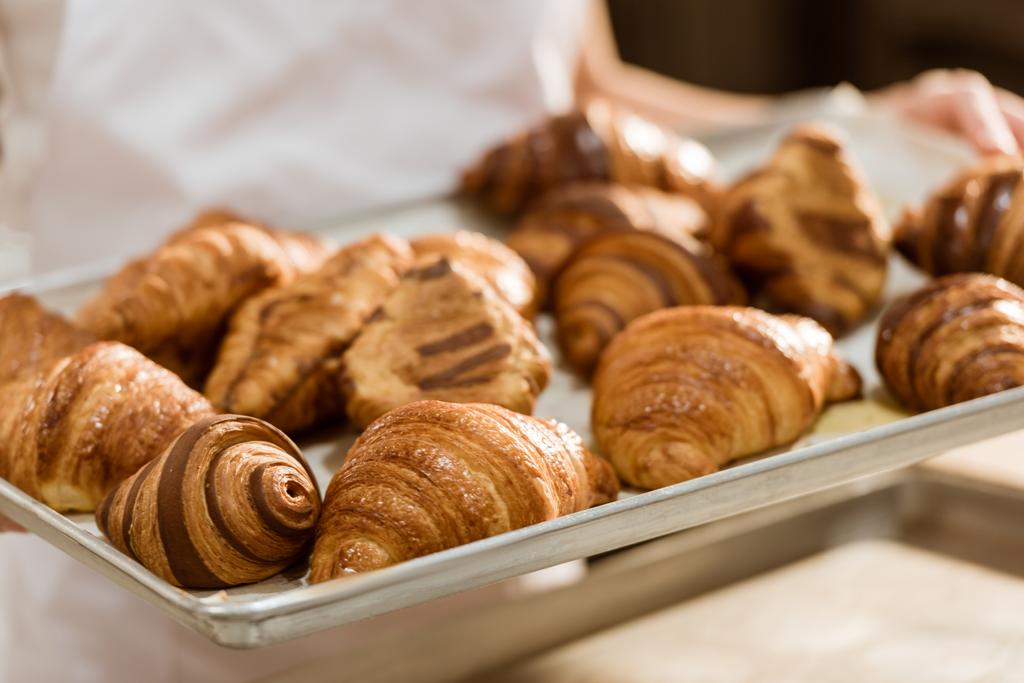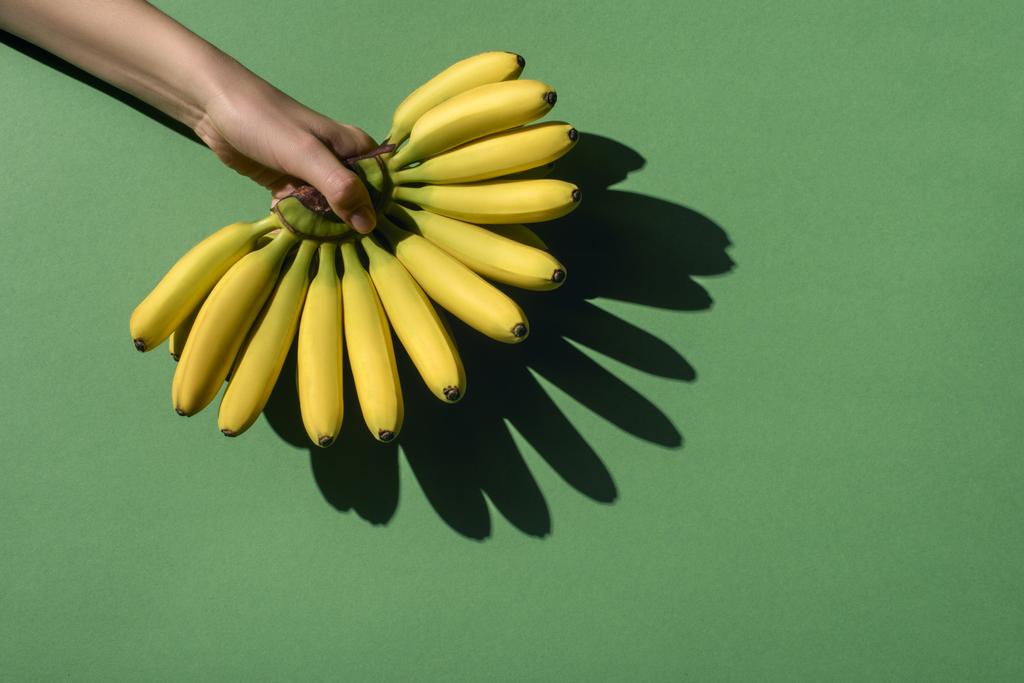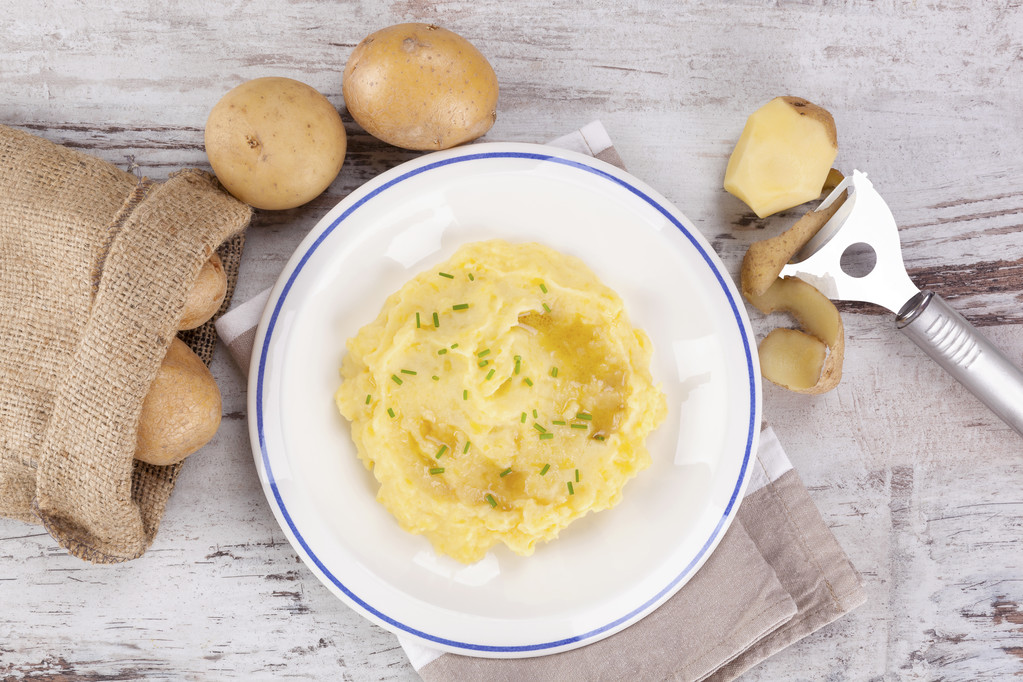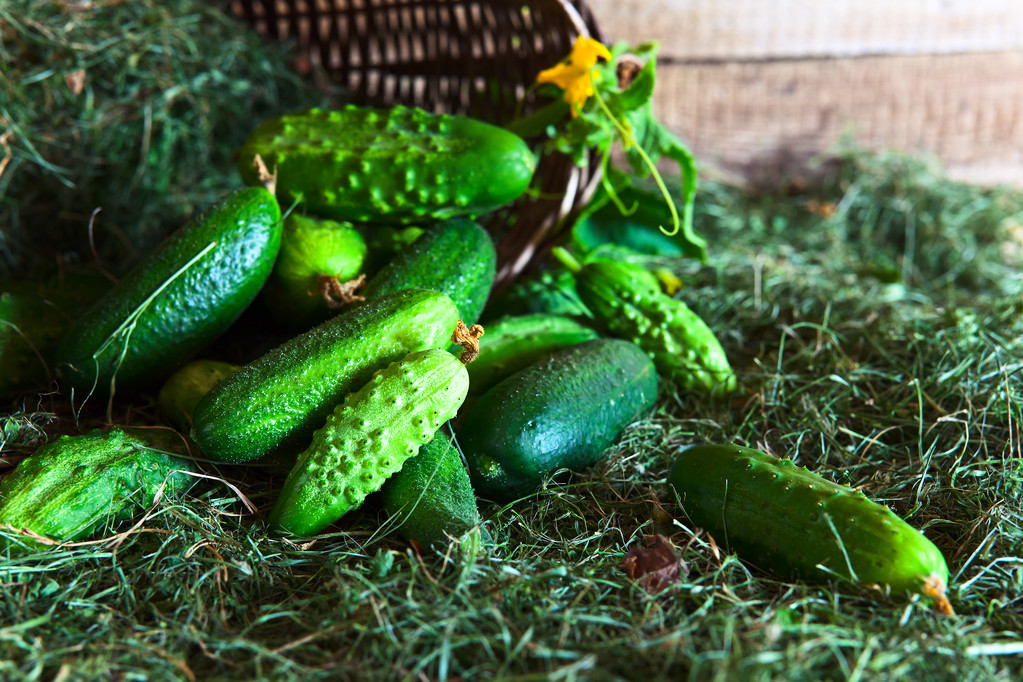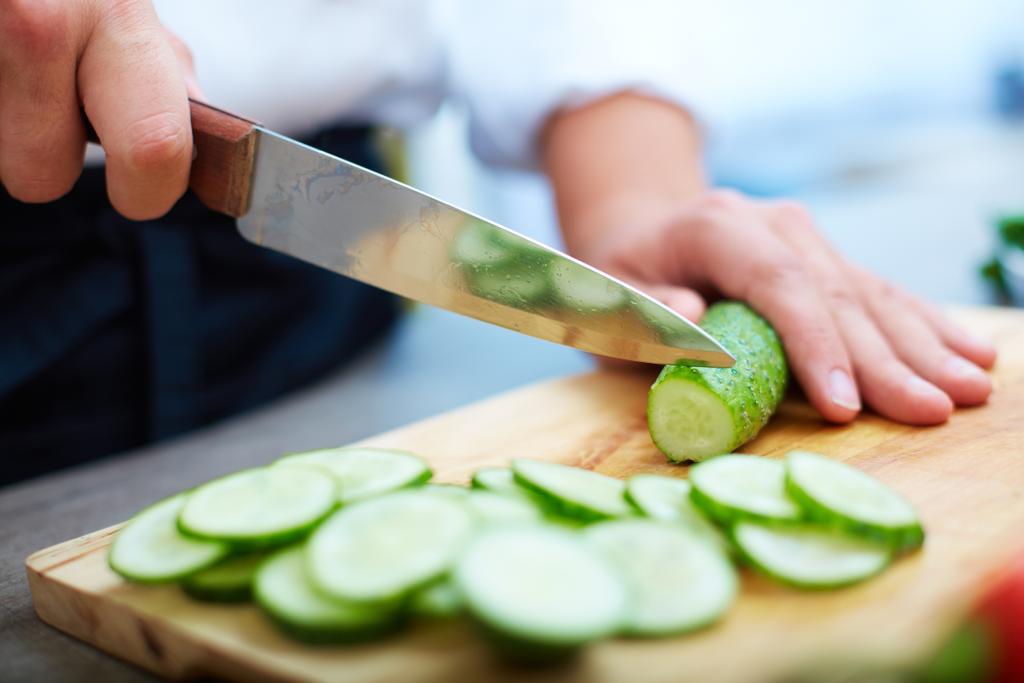Low-carb nutrition – i.e. a diet with no or only a few carbohydrates – is no longer an insider tip. But which ingredients can be used to replace bread, pasta, and the like in everyday life? The siblings Alex and Anne from “Eating Without Carbohydrates” is also dealing with this question. In an interview, they tell us more about their favorite recipes, how their blog came about and why a low-carbohydrate diet doesn’t automatically mean giving up.
How did the idea for “food without carbohydrates” come about?
Alex: The whole idea was a mixture of a bet with my sister and my nutritional situation at the time. I created several Facebook fan pages with my sister. To put it simply, “Eating without carbohydrates” had several hundred fans practically overnight…and without any posted content – so it was clear to me that I urgently needed a website with recipes. Fortunately, I’m a media designer and was able to implement it directly in a night session.

Why do you eat low carb?
Alex: For me personally, low-carb is the perfect balance for my training days. Because on these days, carbohydrates are not only allowed to me but also an integral part of my diet. Understanding what happens in the body with the right amounts of nutrients is just plain fun. Anne is more vegan/vegetarian-oriented.
What can we expect from “eating without carbohydrates”?
Anne: We geared the recipes and the whole concept behind “food without carbohydrates” to the long-term goal of a healthy diet. This means that carbohydrates are of course also allowed here. The name is not to be taken literally. However, we do not limit the amount to a few grams per day (as with many other low-carb diets), but are a bit more generous. What we want to convey: is low-carb with “eating without carbohydrates” is not a diet, but a long-term and balanced form of nutrition.
So low-carb and indulgence don’t have to be a contradiction in terms?
Anne: No, absolutely not. Especially if you still have some leeway with the carbohydrates. The thought that enjoyment is neglected here is actually more than wrong.
What (positive/negative) memories do you have of your first attempts at cooking?
Alex: Especially in the area of ”low-carb baking” it took a while. A lot went wrong here at the beginning. The worst but also the funniest memory is an exploded mug cake from the microwave.
So I would recommend the baking area to advanced low-carb fans. Precisely because a lot of conventional foods (such as flour and sugar) have to be replaced here, this is not so easy. Just because another product (and there are many) has the suffix “-flour” does not mean that it can also be used 1:1 like normal flour. Otherwise, it would be very useful. It doesn’t matter whether it’s almond flour, coconut flour, or guar gum…each behaves differently in terms of water retention and quantity.
In most low-carb dishes with very common ingredients, however, the ingredients do not differ from other “normal” recipes. So there are no difficulties with the preparation here – provided you can cook a bit.
How did you learn to cook in the first place or was it in your genes?
Anne: We actually always cooked together with the family when we were children. For us, it was just time together in the kitchen and then eating. So I would say that we learned cooking skills from grandma, grandpa, and our parents. Incidentally, these do not go beyond any normal limits. If you are interested in it and have fun with it, that’s actually all you need.
Do you have to be strict with yourself to eat like you?

Anne: No, and that’s exactly what our concept is: It’s by far not “as strict” as comparable diets or programs. Of course, discipline is also part of it on many days and you have to clench your teeth from time to time, but after these situations, you feel all the better. And if you don’t make it, that’s part of it as well. Unfortunately, the quality of life should not be included.

